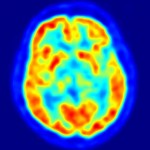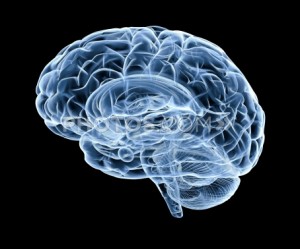Podcast: Play in new window | Download

Hay, I found an instant, quick fix to post-traumatic stress… Not really. But there are many tools we can use to grow and work toward—and achieve—success over PTSD.
One of the coping mechanisms in PTS is to avoid memories. At times this may be necessary. But at some point we will need to deal with our past. We can equip ourselves with tools to help with this process.
This week we take a look at the role running can play in the recovery process.
We will discuss:
- The brain and body in stress (and post-traumatic stress): hormones, steroids and the body/brain connection (see Episode 001 – Post Traumatic Stress: It’s not just in your head).
- The brain and body while running
- How much running? According to Dr. Otto, blood levels of brain-derived neurotrophic factor (BDNF), increase after about 30-40 min of running. But this is not the only benefit!
- Prolonged Exposure Therapy
- Other benefits – besides the physical and psychological: goal achievement, causes, comradery.
- What about those that cannot run? Perhaps it is best if we not focus on what we can do and consider whatever we can do right now. I share my own struggle with not being able to run or do other intense physical activity because of my lungs.
Resources:
Article, “Running Back From Hell”, http://www.runnersworld.com/runners-stories/running-back-from-hell?page=sing
Team Red, White, and Blue – helps service members transition http://teamrwb.org/
STRONG STAR (South Texas Research Organizational Network Guiding Studies on Trauma and Resilience) http://delta.uthscsa.edu/strongstar/
Question: Have you found exercise to be beneficial? Please join the discussion. Your experience can help or encourage others.



